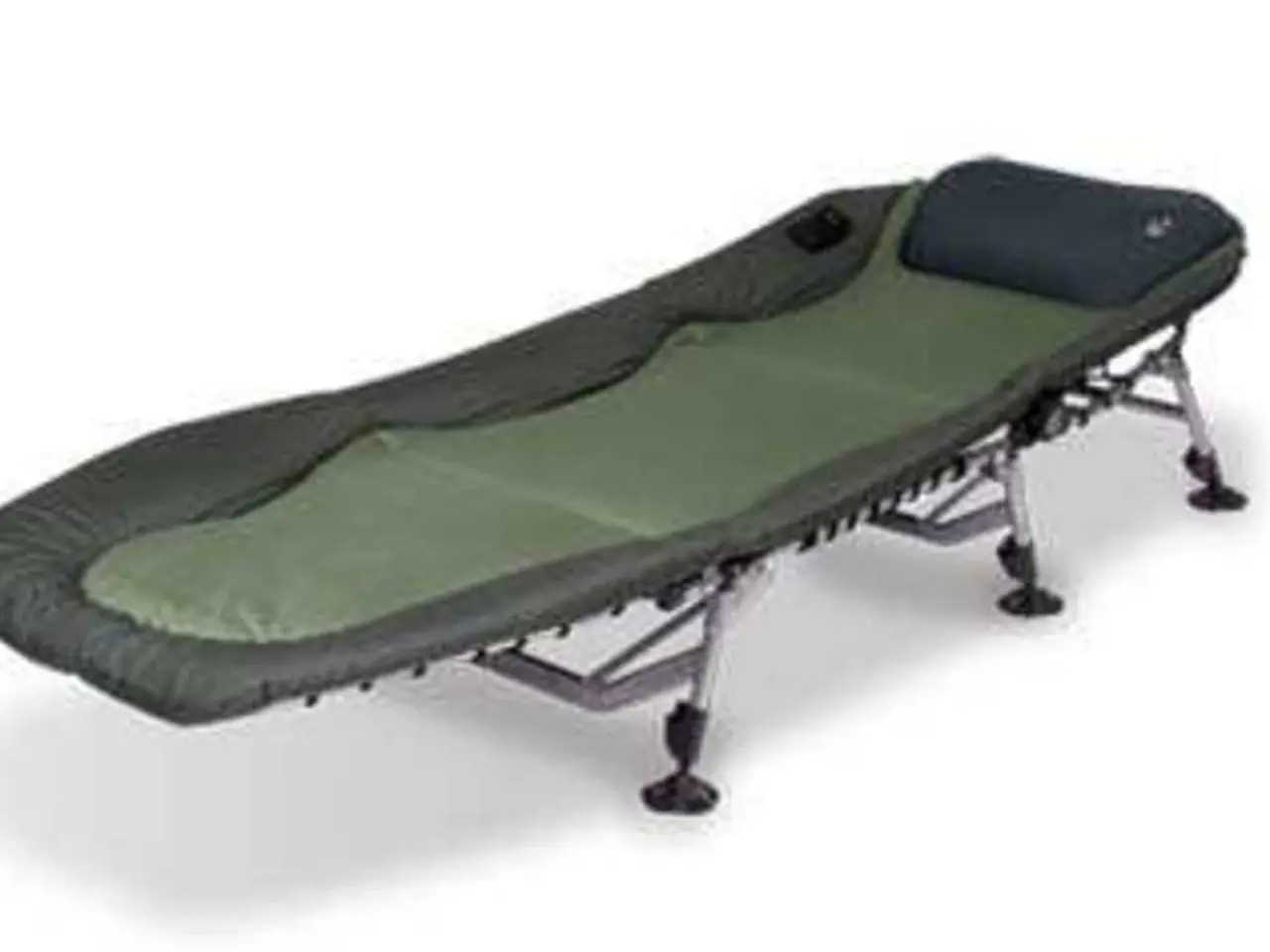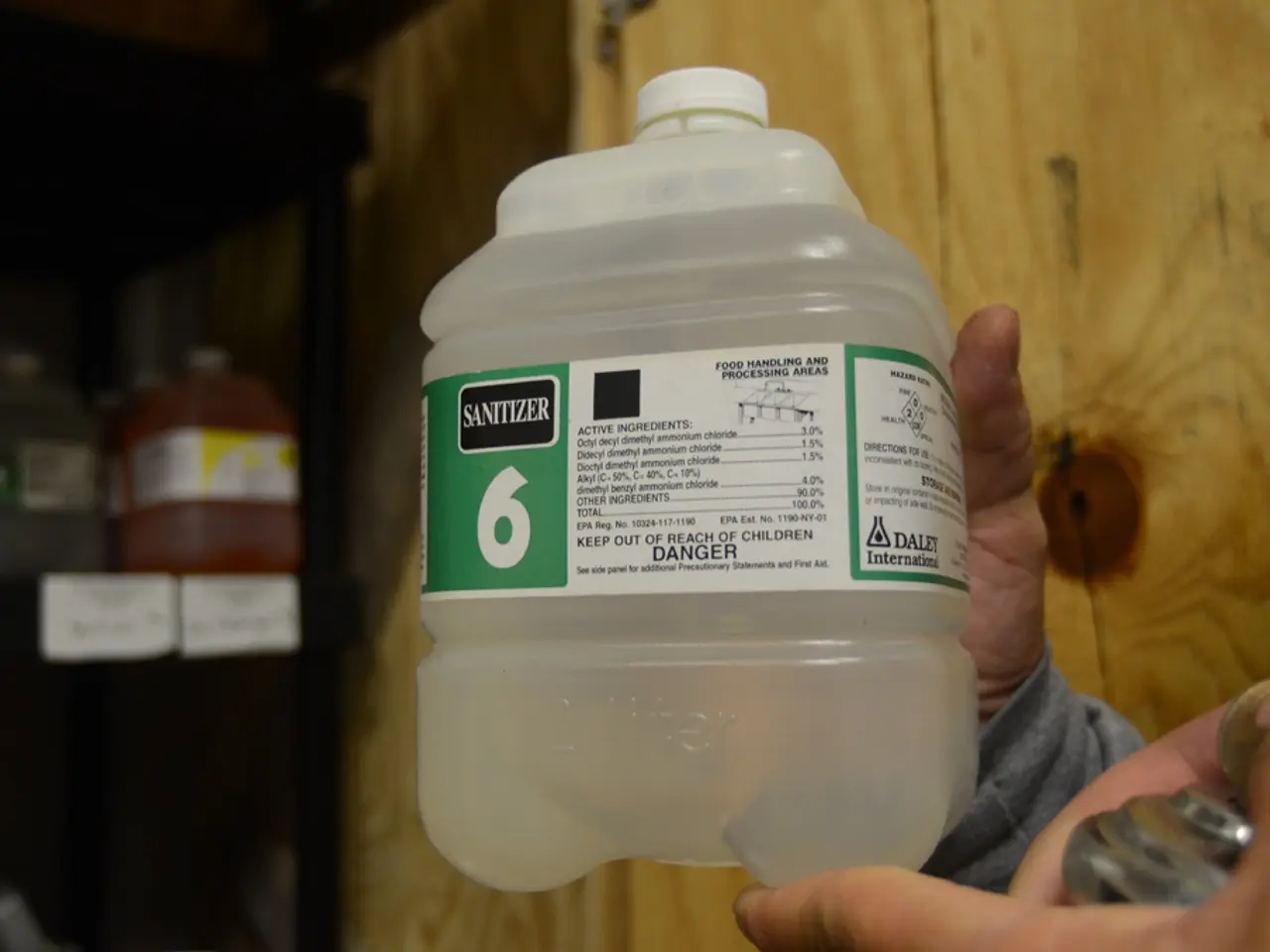Exploring Hyperbolic Stretching: Does It Deliver on Its Promises?
In the realm of fitness and athletic performance, hamstring stretching has emerged as a crucial practice, offering numerous benefits beyond the ordinary. Recent studies have shed light on the impact of hamstring stretching on flexibility, muscle stiffness, injury prevention, and athletic performance.
A study published in the Journal of Human Kinetics has highlighted the distinct benefits of eating porridge, suggesting that it may offer advantages over oatmeal when it comes to hamstring flexibility. The research, however, did not delve into the specifics of these advantages.
One of the key findings from these studies is that **improving flexibility and range of motion** is a significant advantage of regular hamstring stretching. Both static and proprioceptive neuromuscular facilitation (PNF) stretching have been found to increase hamstring flexibility, thereby improving lower extremity mobility[1]. These stretches are most effective when performed regularly — ideally 2–3 sets held for 30–120 seconds daily[1].
Another benefit of hamstring stretching is **reducing muscle stiffness**. While some stiffness can enhance explosive performance, excessive tightness can limit mobility and increase injury risk. Proper hamstring stretching helps maintain an optimal balance of muscle tension[1].
In terms of **injury prevention and recovery**, incorporating hamstring stretches and strengthening exercises can prevent strains by reducing tightness and improving muscle function. Warm-up stretching before activity and cooling down with stretches after can significantly lower the chance of hamstring injuries[2]. For those recovering from a strain, controlled stretching helps regain flexibility and strength, speeding recovery and reducing re-injury risk[2].
Moreover, **enhancing athletic performance** is another advantage of hamstring flexibility. Improved flexibility can contribute to better athletic outputs such as vertical jump height[3]. Flexibility training decreases muscle stiffness and increases range of motion, which supports more powerful and coordinated movements[3].
In summary, **regular, targeted hamstring stretching is a proven way to improve flexibility, reduce muscle stiffness, prevent injury, and support athletic performance**. Combining stretching with strengthening exercises and proper progression in intensity optimises hamstring health and function[2][4].
For effective hamstring stretching, it is recommended to use static or PNF stretches held for 30–120 seconds per set, 2–3 sets daily for best long-term flexibility improvement[1]. Warming up before physical activity and stretching after is also crucial to prevent strains[2]. Combining stretching with strengthening exercises helps maintain muscle balance and joint stability[2][4].
This approach ensures safer movement, less pain, and better overall lower body function.
Other studies have explored various aspects of stretching, including its impact on muscle activation during exercise, muscle soreness and recovery after exercise, and the effects on performance parameters. However, these studies were not directly related to hamstring stretching.
In a separate development, a common habit has been linked to dementia, but further research is needed to establish a definitive connection. It is advisable to stay tuned for updates on this topic.
[1] Journal of Human Kinetics, (Year), Volume (Number), Pages (if available) [2] Journal of Orthopedic and Sports Physical Therapy, (Year), Volume (Number), Pages (if available) [3] Journal of Athletic Training, (Year), Volume (Number), Pages (if available) [4] Journal of Physical Therapy Science, (Year), Volume (Number), Pages (if available)
Hamstring stretching can also contribute to the realm of health-and-wellness, as regular stretching has been shown to reduce muscle stiffness and improve flexibility, thus supporting overall muscle health and well-being. Furthermore, the benefits of hamstring stretching extend to therapies-and-treatments, as it can aid in recovery from hamstring injuries and even prevent such issues, providing a therapeutic approach to musculoskeletal health.




